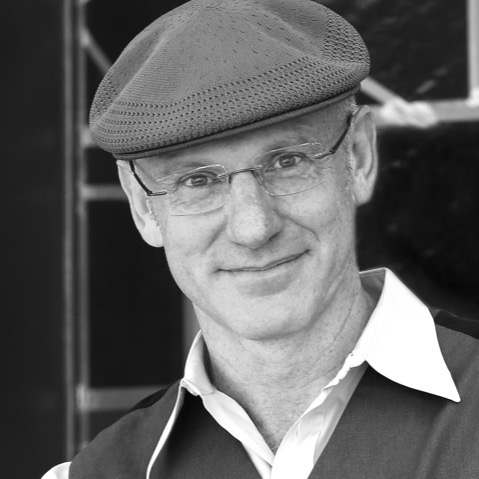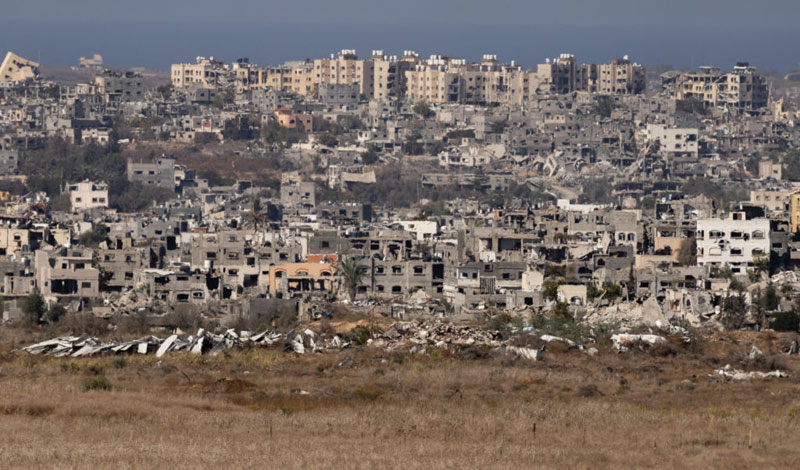
One verse, five voices. Edited by Salvador Litvak, Accidental Talmudist
The mitzvah of Hanukkah is that each day the head of the household kindles a light for himself and his household. And those who are meticulous in the performance of mitzvot kindle a light for every person in the household. And those who are the most meticulous adjust the number of lights daily. –Shabbat 21b, B. Talmud
Rabbi Miriam Hamrell
Senior Rabbi, Ahavat Torah Congregation in West Los Angeles
Hanukkah is also called Hag HaUrim — the Holiday of Lights. We have an obligation to fulfill the mitzvah of lighting the Hanukkah candles and bringing the light in. Our talmudic verse suggests some ways of doing it.
Maimonides (Hanukkah 4:1) teaches that the basic mitzvah is that the head of family lights one candle for his whole family. If one is particular, mehadrin, he lights one candle each night for each member of his family including females, but not minors. However, if one is very particular, mehadrin min hamehadrin, he fulfills the basic mitzvah in an enhanced way, hiddur. This means that eight candles are lit the first night for the whole family and decreases each subsequent night, as taught by the students of Shammai. However, the students of Hillel say that the head of the household lights one candle on the first night for the whole household and continuously increases the number of candles each succeeding night.
Tosafot teaches that there are not three levels of holiness in fulfilling this mitzvah, but rather three ways to beautify, mehader, it. This is what it’s all about, bringing the light of Hanukkah into our hearts and into our soul. We do it through hiddur mitzvah, beautifying and glorifying the mitzvah. Our soul craves, desires and yearns for its glorious Hanukkah light, so give the soul what it wants.
I pray that each one of us will have the opportunity to soul-crave the light of every mitzvah we do. Amen.
Rabbi Scott Bolton
Congregation Or Zarua
This talmudic passage lights souls on fire! The Gemara is saying you should kindle the flames of your Jewish neshamah on Hanukkah. Connect with the kosher way of performing the Hanukkah candlelighting and beautify the endeavor by adding light each night.
While the festival has historic foundations, we add candles and flames to discover which mitzvot we will rededicate ourselves to during and after Hanukkah. We align personal searches for holiness with our people’s. We consider more deeply how we will connect our own stories to the ongoing, unfolding story of the Jewish people, whose place must be maintained and claimed in every generation. The Maccabees showed us we have to physically fight for that sometimes, and our sages shared sacred dances that guide our feet, hands, hearts and souls.
Our talmudic passage invites us to extend beyond our self-defined ways of “doing Jewish” and even beyond the mitzvot that our immediate families routinely engage in. Adding more lights means developing our mitzvah practice according to Jewish law. We learn what is possible for our people and for ourselves when we pursue the light of the talmudic sages’ and Jewish leaders’ teachings in terms of how best to practice and fulfill the commandments. The fires of Hanukkah menorahs dance like Jews doing mitzvot in a dark world that deeply yearns for conflagrations of holiness. Spending time with those we love in front of our Hanukkah lights contemplating our mitzvah plans is the rededication our rabbis in the Talmud imagined on Hanukkah.
Rabbi Benjamin Blech
Professor of Talmud, Yeshiva University
Oil is probably the most politically incorrect of all liquids. It simply refuses to compromise its uniqueness. If oil were a person, it would almost certainly be condemned for its stubborn unwillingness to blend in with others. It chooses to remain aloof, separate and distinct. Mix it with water and it stays apart and maintains its own identity. No matter how hard you try, oil stays true to itself and just won’t assimilate.
That’s probably why it deserved to become the ultimate symbol of the Hanukkah miracle. The story of Hanukkah is all about a clash of cultures. The Greeks weren’t out to kill the Jews. Their intent wasn’t genocide of a people. It was rather a battle against those who threatened their commitment to hedonism, their infatuation with the body, their obsession with athletic competitions to prove superior worth. In these they found beauty — and the very meaning of life. What the Greeks worshiped was the holiness of beauty. What the Jews wanted to teach the world instead was the beauty of holiness.
The victory of the Maccabees was the triumph of those who exemplified this unique characteristic of oil. They refused to assimilate; instead, they chose to pursue our mission to bring the moral light of Judaism to the world.
What was the secret of their success? They began by “enlightening” themselves. They moved on and concentrated on every single person in their home. Then they made sure they renewed their teachings every single day. And that is how we too will preserve our faith and our people.
Rabbi Aaron Lerner
Executive Director, Hillel at UCLA
We all have practices that exceed the basic requirements. In many cases, our excessiveness is beautiful. Walk into a home on the eighth night of Hanukkah and behold dozens of candles aflame! It’s truly miraculous, and certainly more visually appealing than a single candle. But sometimes, we also fail to recognize the costs associated with going so far above and beyond.
In the extreme, even healthy habits like sleeping, diet and exercise can be associated with shorter life spans, eating disorders and injury. Our communal economic norms relating to material consumption, day school tuition or Los Angeles real estate can also be financially ruinous. The Jewish solutions to this quandary are moderation and awareness.
When it comes to Jewish practice, we are generally instructed to choose the middle path, not the extreme poles. For instance, everyone is supposed to give 10% to tzedakah (charity). We are all encouraged to give more, but commentators caution even the most well off not to give so much that it would endanger one’s family. In terms of awareness, it behooves us to slow down enough to pay attention to what we’re doing compared to what’s required. In this case, most readers are probably surprised to hear that everyone doesn’t need their own menorah. I would extend the question: Where else in your life are you going way beyond, possibly unaware of what would be simply “good enough”? Is that practice healthy and beautiful, or should you consider scaling back?
Rabbi Cheryl Peretz
Associate Dean, Ziegler School of Rabbinic Studies, American Jewish University
One light for each household or one light for each person in the house — two opinions, one message. Every Jewish home — be it that of a single person, a married couple, a family or empty nesters — should be illumined with the lights of the Hanukkah menorah. We look and we watch, simply to beautify the holiday and see the light within.
What might have been if, after being victorious in their battle over assimilation, the Macabees had decided not to light the menorah at all? It was a demonstration of faith, courage and strength to rededicate the Temple using the small flask of oil, kindling the menorah in their day and igniting the sparks within Jews of all future generations. What an awesome moment it must have been and is to pour faith and yearnings into a small vessel, shining the ultimate light of life into this world.
In Hanukkah’s light, past and present unite to ignite a radiant light that guards against evil and indifference. This light leads away from the darkness of doubt and the fear that doubt engenders. Instead, we see the reflections of hope, of dreams and of possibility.
Light your candles. Turn off the lights and look at the flames, noting the mixture of red, yellow and orange. Concentrate and let it take you where it will. And experience the promise of Proverbs: The light of God is the human soul. That is indeed the promise of light for all in the house.























 More news and opinions than at a Shabbat dinner, right in your inbox.
More news and opinions than at a Shabbat dinner, right in your inbox.